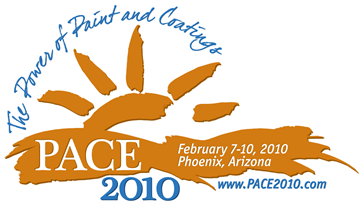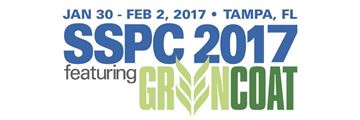Search
Products tagged with 'steel bridge'
View as
Sort by
Display
per page
51317--9539-Durability of Nano-Coating for Marine Highway Bridge Application
Product Number:
51317--9539-SG
ISBN:
9539 2017 CP
Publication Date:
2017
$20.00
Detailed Coatings Condition Assessment of Steel Bridges
Product Number:
41208-449-SG
Publication Date:
2008
$20.00
FHWA 100-Year Coating Study and Come Preliminary Test Results
Product Number:
41211-623-SG
Publication Date:
2011
$20.00
Outdoor Performance of One-Coat Systems Applicable to New Steel Bridges
Product Number:
41210-545-SG
Publication Date:
2010
$20.00
Putting the Pieces Together: Integrating Steel Repairs with Bridge Painting Projects
Product Number:
51219-199-SG
Publication Date:
2019
$20.00
Residual Dye (Lubricant) on Galvanized Fasteners - How Much is Too Much?
Product Number:
51217-055-SG
Publication Date:
2017
$20.00
Shop Metallizing Weathering Steel Bridge Girders for #24.08 Amtrak Bridge, Township of Edison, New Jersey
Product Number:
41205-181-SG
Publication Date:
2005
$20.00
Steel Bridge Shop Painting Issues and Answers: The FDOT Experience
Product Number:
41206-289-SG
Publication Date:
2006
$20.00
Successful Preservation Practices for Steel Bridge Coatings
Product Number:
51217-033-SG
Publication Date:
2017
$20.00
The Most Recent Test Results of One-Coat Systems Applicable to Steel Bridge Structures
Product Number:
41209-492-SG
Publication Date:
2009
$20.00
What is Needed for Bridge Coating to Last 100 Years (or More)
Product Number:
41209-490-SG
Publication Date:
2009
$20.00












